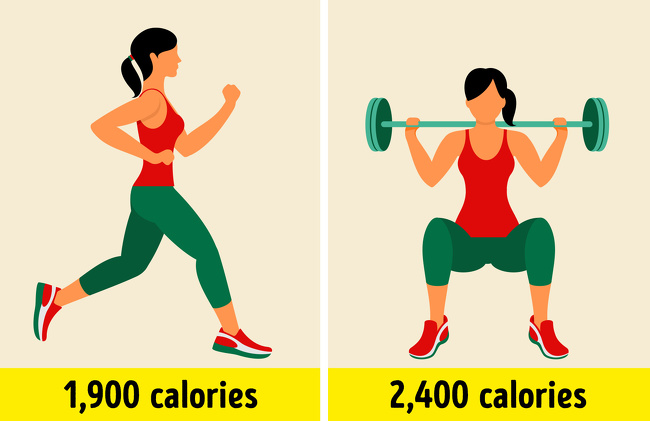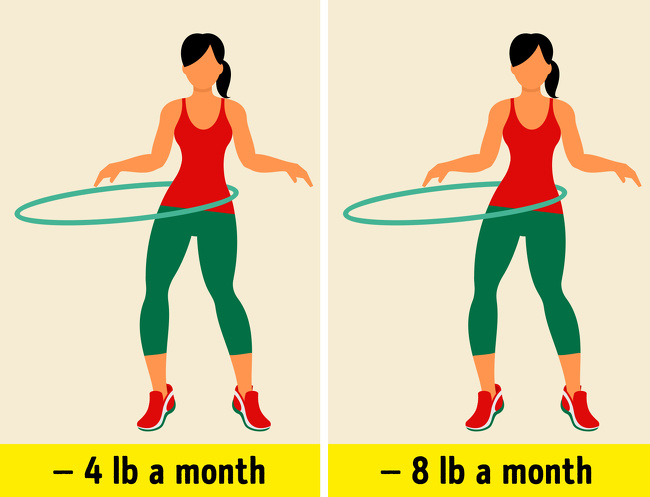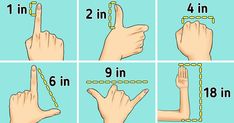
Everyone knows that in order to get in shape, you need to eat less and exercise. And it’s quite easy to understand what “exercise” means but the part about “eating less” can cause some trouble. How much should you eat? What can you eat? How many calories a day can you eat? While the first 2 questions should be answered by doctors and professionals, the last one can be answered with this simple formula that we’re going to tell you about in this article.
We at Bright Side want to share a formula that can help you calculate the number of calories you can eat without gaining extra weight.
Mifflin — St Jeor formula

In 1919, American scientist Francis Benedict and his co-author, James Harris, published a paper on the basal metabolic rate — the amount of energy needed for a body at rest to function properly. In this paper, there was a formula that can help calculate the number of calories taking the weight, the height, the age, and the gender of a person into account.
Because life conditions have changed a lot since the paper of Benedict and Harris was published, in 1990, their formula was updated by a group of scientists including Mark Mifflin and St. Jeor. The basic principle is the same but the numbers have changed. At the moment, the Academy of Nutrition and Dietetics claims that this formula is the most accurate among others.
The Mifflin — St Jeor formula looks like this:
So, for a 30-year-old woman with a height of 170 cm and weight of 65 kg, the calculations of calories for the body to function normally at rest is the following:
(10 × 65) + (6.25 × 170) — (5 × 30) — 161 = 1,401.5
The formula also takes your physical activity into account, so you need to multiply your result by a certain number:
So, for a girl with the parameters mentioned above who runs a few times a week, the number of calories will be 1,401.5 × 1,375 = 1,927.06. However, if the girl exercises 6-7 times a week, her daily norm would be 1,401.5 × 1,725 = 2,417.6.
How to use the Mifflin — St Jeor formula

According to the research, this formula doesn’t work for everyone because every person’s body has its own metabolism speed and a different amount of muscles. Besides, there are other factors too. For example, this formula doesn’t work for people who are obese and can only be used for people whose weight is normal.
Let’s take a look at the Mifflin — St Jeor formula using the same woman from the example. Let’s imagine that she exercises 3-5 times a week and wants to lose weight safely. This means that she needs to multiply the result by 1.55:
1,401.5 × 1.55 — 250 = 1,922.325
Her diet needs to be planned so that the daily norm is no higher than 1,920 calories. If she eats this number of calories, she will lose about 250 g a week.
If she needs to lose weight more quickly, then the number of the calories she consumes should be about 1,420. This way, she will lose about 500 g a week even without any additional exercises.
Were you surprised by your calculations? Should you be eating less or more according to this formula? Share your thoughts with us in the comments!
Preview photo credit shutterstock, shutterstock











